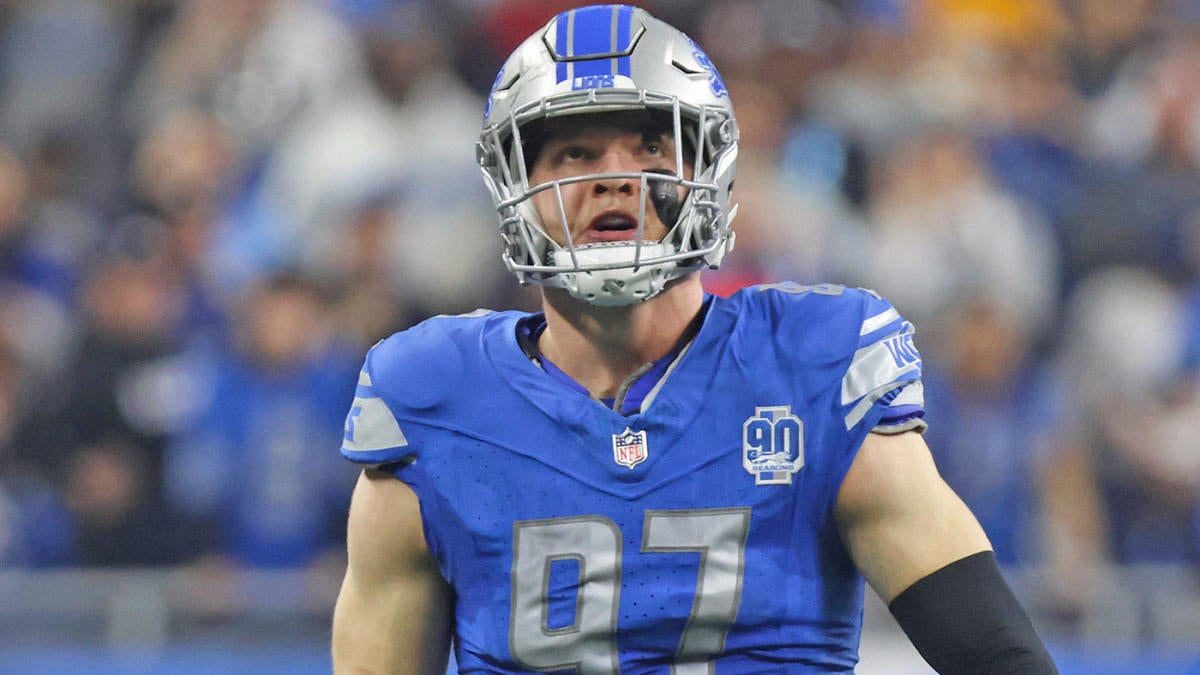The Fifth-Year Option: A Crucial Decision for 2022 NFL First-Round Picks
The Significance of the Fifth-Year Option
The National Football League (NFL) is a dynamic entity, constantly shifting with the tides of player performance, team strategy, and contractual obligations. One of the most pivotal moments in this ever-changing landscape is the decision surrounding the fifth-year option for first-round draft picks. As the May 1 deadline looms, teams must choose whether to exercise this option, a decision that can profoundly impact both the player’s career trajectory and the team’s roster strategy.
Understanding the Fifth-Year Option
The fifth-year option is a clause embedded in the NFL Collective Bargaining Agreement, allowing teams to extend the contracts of first-round draft picks for an additional season. This provision is automatically included in the rookie contracts of players selected in the first round, providing teams with greater control over their young talent. The salary for this fifth year is determined by a combination of the player’s position, performance, and the number of games played.
The Mechanics of the Fifth-Year Option
The window for deciding on the fifth-year option opens on January 6 and closes on May 1. During this period, teams must evaluate whether to pick up the option, decline it, or negotiate a contract extension beyond the fifth year. This decision is influenced by several factors, including the player’s performance, injury history, and potential future value.
The Financial Implications
The financial aspect of the fifth-year option is tiered based on the player’s position and performance. For instance, a first-round quarterback who has played in at least 70% of his team’s games in the fourth year would command a significantly higher salary than a defensive lineman in the same situation. This financial consideration is crucial for teams, as it can impact their salary cap and long-term roster planning.
Factors Influencing the Decision
Performance and Potential
The most straightforward factor influencing the decision is the player’s on-field performance. Teams will scrutinize statistics, impact on the field, and overall contribution to the team’s success. Players who have exceeded expectations and shown consistent improvement are more likely to have their fifth-year options picked up.
Injury History
Injuries play a significant role in the decision-making process. A player with a history of significant injuries may be deemed too risky to invest in for an additional year, even if their performance has been stellar. Conversely, a player who has shown resilience and the ability to bounce back from injuries may still be considered a valuable asset.
Team Needs and Roster Strategy
The team’s overall strategy and needs also come into play. If a team has a surplus of talent at a particular position, they may choose to decline the fifth-year option for a player who, while talented, does not fit into their long-term plans. Conversely, a team with a glaring need at a position may be more inclined to pick up the option for a player who has shown promise.
Contract Extensions
In some cases, teams may choose to negotiate a contract extension with the player rather than picking up the fifth-year option. This approach can provide more flexibility and potentially save the team money in the long run. However, it also requires both parties to agree on terms, which can be a complex and time-consuming process.
The 2022 First-Round Draft Class
The 2022 NFL Draft saw 32 players selected in the first round, each with their own unique set of circumstances and potential. As the May 1 deadline approaches, teams are weighing the pros and cons of picking up the fifth-year options for these players.
Notable Decisions
Tyler Linderbaum
The Baltimore Ravens have already made a significant decision, declining the fifth-year option for center Tyler Linderbaum. This move suggests that the Ravens may have concerns about Linderbaum’s future with the team or may be considering other options at the position.
Other Key Players
For other players in the 2022 draft class, the decision is still pending. Teams are likely evaluating factors such as performance, injury history, and future potential. Some players may have made the decision easy for their teams, while others may be on the fence, making the choice more difficult.
The Impact of the Decision
For the Player
The decision to pick up or decline the fifth-year option can have a significant impact on the player’s career. For those whose options are picked up, it provides an additional year of security and the opportunity to further develop their skills. For those whose options are declined, it may mean entering free agency earlier than anticipated, which can be both an opportunity and a challenge.
For the Team
For the team, the decision impacts their roster construction and salary cap management. Picking up the fifth-year option can provide continuity and stability, but it also comes with financial commitments. Declining the option frees up cap space but may also mean losing a valuable player to free agency.
The Future of the Fifth-Year Option
As the NFL continues to evolve, so too will the fifth-year option. Teams and players alike will need to adapt to changing dynamics, including new Collective Bargaining Agreements, salary cap fluctuations, and shifting roster strategies. The fifth-year option will remain a crucial tool in this ever-changing landscape, providing both opportunities and challenges for all involved.
Conclusion: A Pivotal Moment
The decision surrounding the fifth-year option is a pivotal moment for both players and teams. As the May 1 deadline approaches, teams must weigh the performance, potential, and financial implications of picking up or declining the option. For the 2022 first-round draft class, this decision will shape their careers and the future of their respective teams. Whether the outcome is a picked-up option, a declined option, or a negotiated extension, the fifth-year option will continue to be a defining factor in the NFL landscape. The choices made now will echo through the careers of these young athletes and the strategies of their teams, shaping the future of the sport in meaningful and lasting ways.

